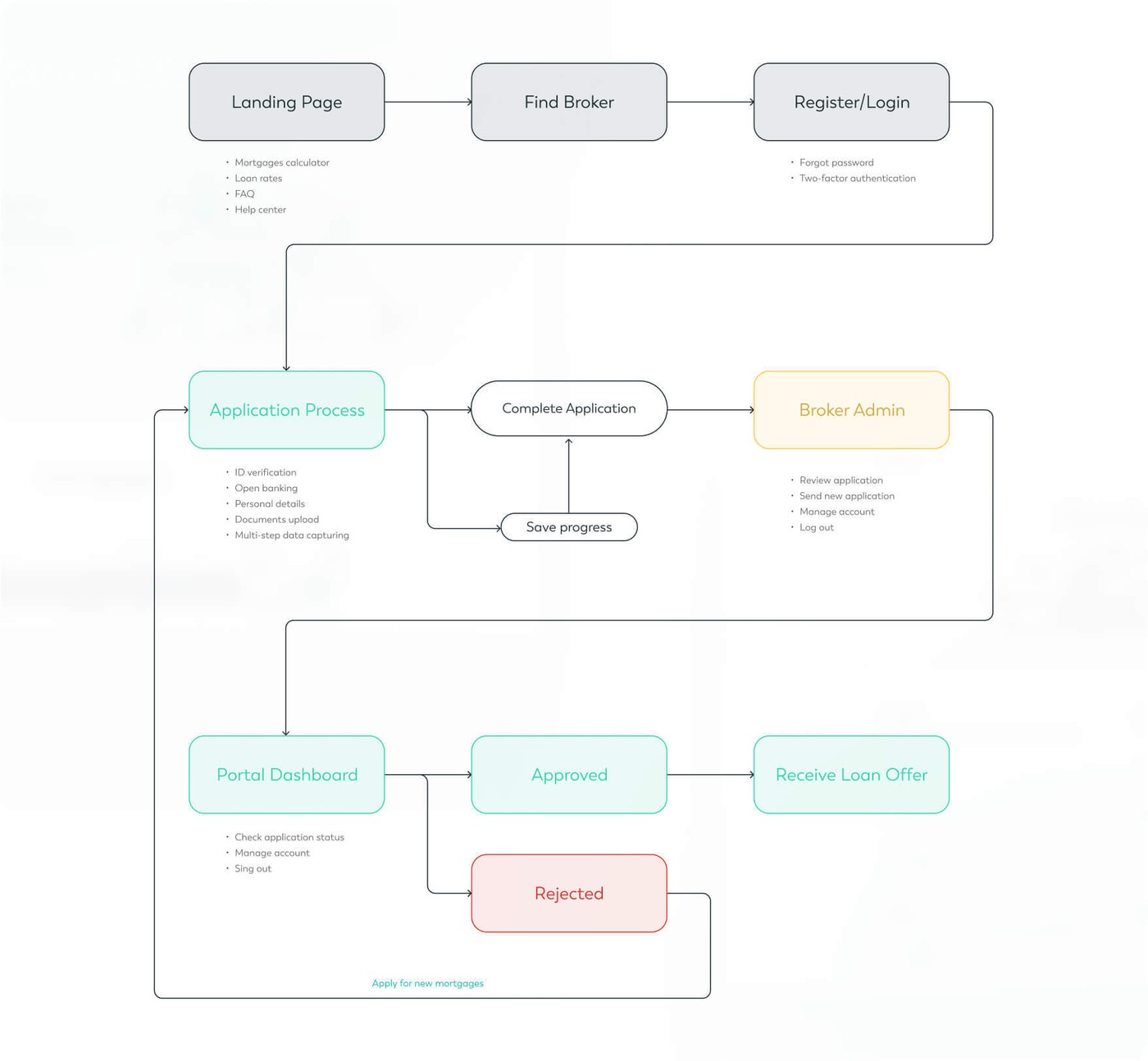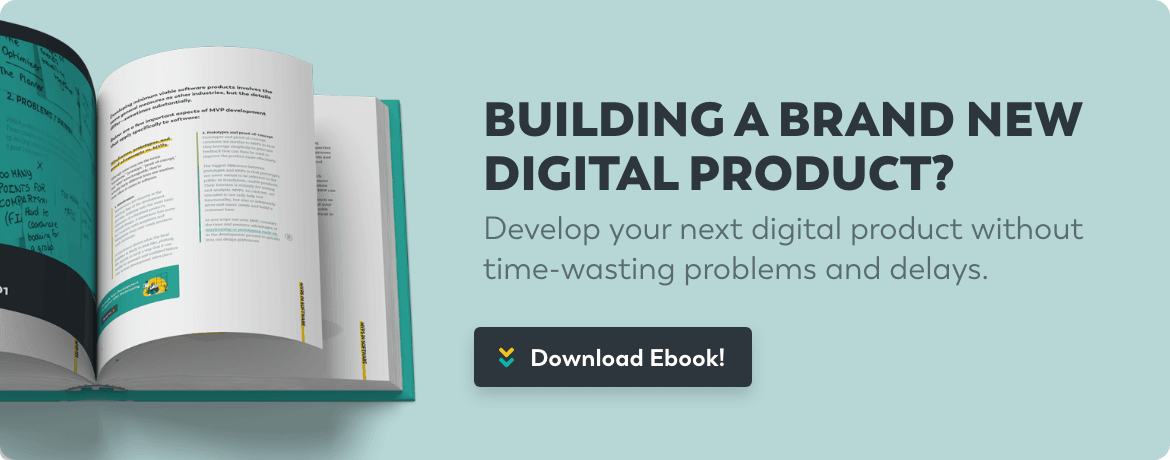Deciding whether your team should focus on the user journey vs user flow at any given moment is no small task, considering just how valuable the two can be to any growing enterprise. Here, we’ll dive into these two concepts’ similarities and differences to help you make the most of them.
What is the difference between a user journey and a user flow?
Both user journeys and user flows help to demonstrate what actions your target audience can be expected to take in dealing with your company. However, the two concepts split apart beyond this shared foundation and can be used in fairly different ways.
User flow is specifically intended to map out the use of a product or feature, while user journey helps describe quite a bit more than that at a somewhat higher level.
User flow
User flow encompasses all of the steps involved in using a given product or feature. This is presented as a visual map of steps as seen from the user’s perspective. User flows are like high-level blueprints for product and service designers looking to develop the optimal offering as they actually plot out each part of a user’s experience in utilizing a product or feature, from start to finish.
User flow is a perfect fit for visually explaining how a product is intended to work and be used by its target audience. By leveraging a user flow, you can easily showcase design choices to stakeholders and open the door for more meaningful dialogue to be had during discussions on a product’s developmental direction. In software development, these types of visual aids provide a much-needed foundation for future design decisions to be based on.

User flows make it much easier to highlight how individual aspects of a product or service are likely to impact actual customers. Bottlenecks and impediments of all kinds are made more visible when they’re represented in a complete user flow diagram, making it much easier to mitigate such issues at speed.
Although development can suffer from inherent unpredictability at times, user flows help reduce the risk of budget and roadmap overruns by providing a common guide for all team members to rally around as ideas are brought to life.
Examples of use cases for user flows in the wild:
- Plotting out a user’s actions as they first open up your app or product all the way until they finish using it
- Mapping users’ visits to your web app and the pages they’ll visit
- Showing an e-commerce shopper’s course of action from initial signup to purchase
User journey
User journeys involve every single interaction between a user and a given brand. This differs substantially from user flows, which are solely concerned with product functionality. User journeys depict touchpoints between users and brands as a series of steps, often with emotional states and the user’s thoughts summarized along the way. Including such details helps team members to actually enter the customer’s headspace and identify their primary concerns.
A user journey tailored to a particular persona can shed light on the exact course of action users are likely to take in dealing with your company. With the information that a well-defined user journey provides, you can improve all aspects of your business’s operations to better serve the customer.
Ideally, your user journey should include a succinct title and description, all conceivable steps your customer could take, functionality and product features involved, etc. Including the right details can help to make your user journey more actionable to team members across your organization.
Examples of user journeys in action:
- Describing the steps customers take to interact with your brand, from the marketing phase to those of conversion and retention
- Demonstrating the approximate course new recruits take as they discover your brand and are onboarded as part of the team
Which one should you use?
Choosing between user flows and user journeys is relatively easy to do, as their unique strengths make them ideal for different purposes.
A user journey is excellent for businesses attempting to gain a clear understanding of high-level aspects of their operations. User flows, on the other hand, are well-suited for use by dev teams to manage procedural details affecting key features in your offerings.
Regardless of which tool you choose, it pays to understand what insights can be discovered through visual representation and what details may remain hidden from view despite such visual aids.
How can you optimize the user flow and user journey?
Optimizing the user flow and user journey is a process of cumulative development. You’ll need to assess each flow and pore over the details of each persona’s journey first, then iterate on them to make consistent changes.
Optimizing the user flow
You can optimize user flow by adopting a few of the best practices below:
- Increase available inputs by leveraging an omnichannel approach
- Simplify and streamline your onboarding process
- Assess usability and intrusiveness at each step of the user flow
Optimizing the user journey
To optimize your customer journey, you’ll need to consider implementing a few of the following tactics:
- Segmenting your audience and defining specific user personas
- Seeking feedback from real customers via surveys, one-on-one sessions, etc.
- Mapping out the entire user journey you intend to optimize
Serve your users with the perfect product
To learn more about achieving great market fit with a stellar digital product and the role that VeryCreatives can play in making it possible, reach out to our team today.
